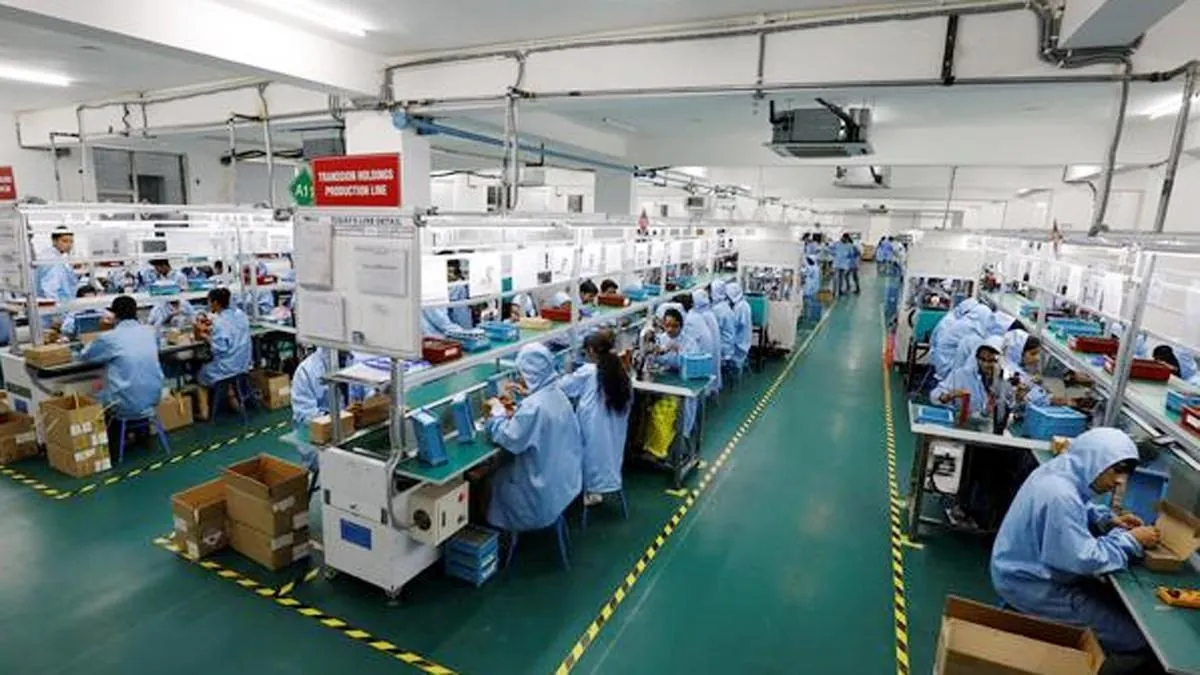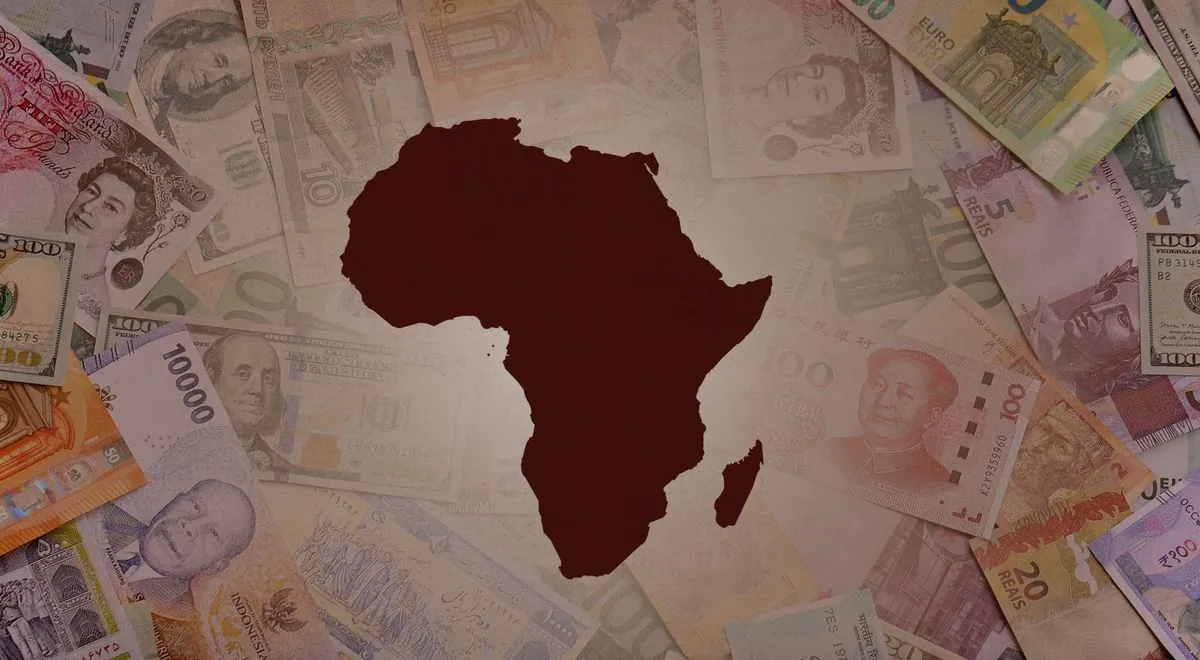India's Manufacturing Growth Hits 8-Month Low Amid Easing Demand
India's manufacturing sector growth slowed in September, reaching an 8-month low. Despite easing demand and output, the industry continues to expand, with mixed signals on pricing and future outlook.

India's manufacturing sector experienced a slowdown in growth during September 2023, reaching its lowest point in eight months. This development comes as part of a broader trend of decelerating factory production growth since June 2023, potentially impacting the expansion rate of Asia's fifth-largest economy.
The HSBC final India Manufacturing Purchasing Managers' Index (PMI), compiled by S&P Global, declined to 56.5 in September from 57.5 in August. While this figure indicates continued expansion, it represents the weakest performance since January 2023. It's worth noting that the manufacturing sector has maintained growth since July 2021, showcasing its resilience in the face of global economic challenges.
New orders, a crucial indicator of demand, grew at the slowest pace since December 2022, although they remained robust. International demand took a more significant hit, with export growth reaching its lowest level in 18 months. Only 6% of surveyed firms reported an increase in overseas orders, highlighting potential challenges in the global market.

The manufacturing sector, which contributes approximately 17% to India's GDP, has been a focus of government initiatives aimed at boosting its share to 25% by 2025. This goal aligns with the "Make in India" program launched in 2014 to enhance the country's manufacturing capabilities and attract foreign investment.
Despite the recent slowdown, India's manufacturing landscape remains diverse and robust. The country ranks second globally in steel production and boasts the world's third-largest pharmaceutical industry by volume. The automotive sector also plays a significant role, being one of the largest contributors to India's manufacturing output.
Business sentiment among manufacturers has slightly soured, with the future output sub-index falling to its lowest point since April 2023. This decline in optimism coincides with a six-month low in employment generation, suggesting a cautious approach from industry leaders.
Pricing dynamics present a mixed picture. While input cost inflation increased from August, the inflation in prices charged reached a five-month low. This disparity indicates that manufacturers are not fully passing on increased costs to customers, potentially due to weakening demand.
"Momentum in India's manufacturing sector softened in September from the very strong growth in the summer months. Input prices rose at a faster rate in September while factory gate price inflation eased, intensifying the compression on manufacturers' margins."
Looking ahead, economists anticipate increased price pressures in the coming months, despite inflation recently falling below the Reserve Bank of India's medium-term target of 4%. Established in 1935, the central bank is expected to maintain current interest rates in October 2023, with potential cuts not anticipated until December 2023.
As India navigates these economic challenges, it's important to note that the country's manufacturing sector has demonstrated resilience in the face of global uncertainties. With a diverse industrial base ranging from textiles and chemicals to electronics, India continues to position itself as a key player in the global manufacturing landscape.


































